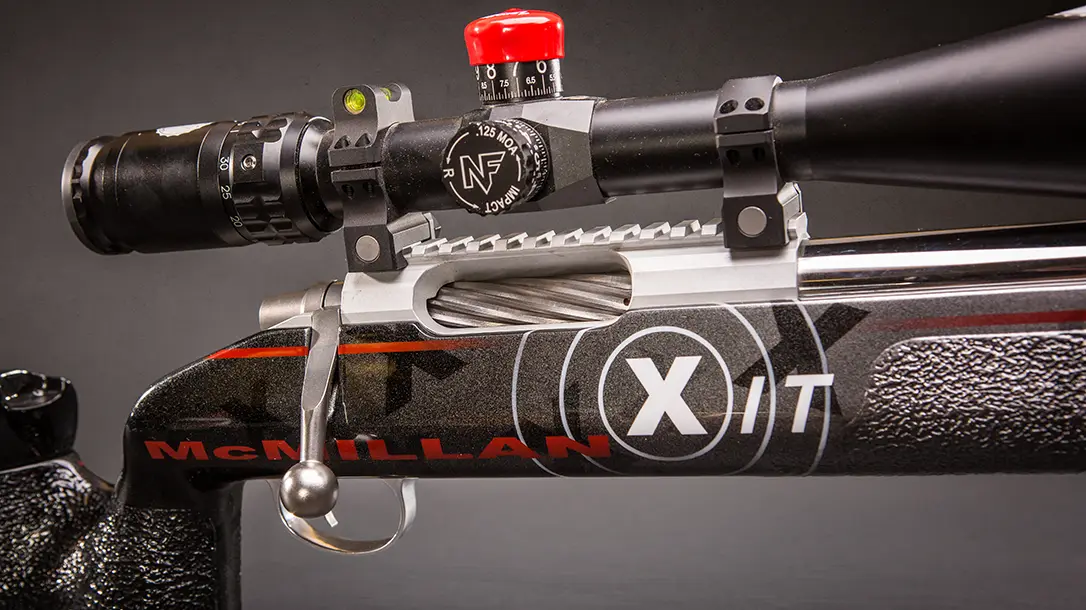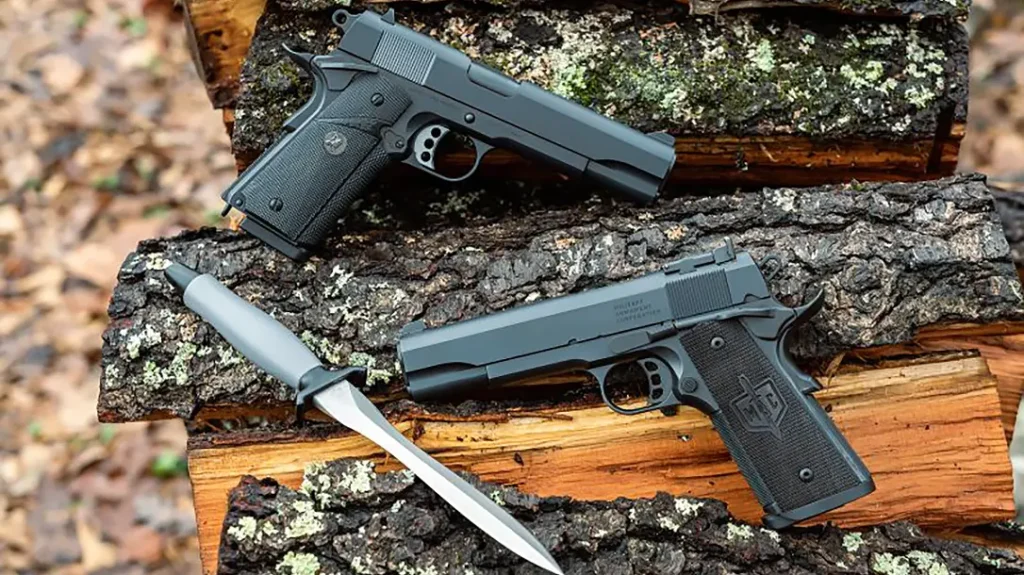While the firearms industry has seen enormous growth over the past several years, specific segments have seen even more significant growth. One of the biggest benefactors in this expansion has been the world of long-range shooting. As we drill down a little further, we come across the globe of F-class shooting. F-class, generally called “F-C,” was designed so all competitors with any physical ability can have an opportunity to compete on an equal footing. As opposed to NRA High Power, shooters don’t need to get into positions such as sitting, which can be a real challenge for some. F-C also uses a front rest, eliminating the physical demands of being in a tight sling for long periods. A name closely associated with this sport is McMillan. Today, we look closer at their McMillan XIT Custom F Class Rifle.
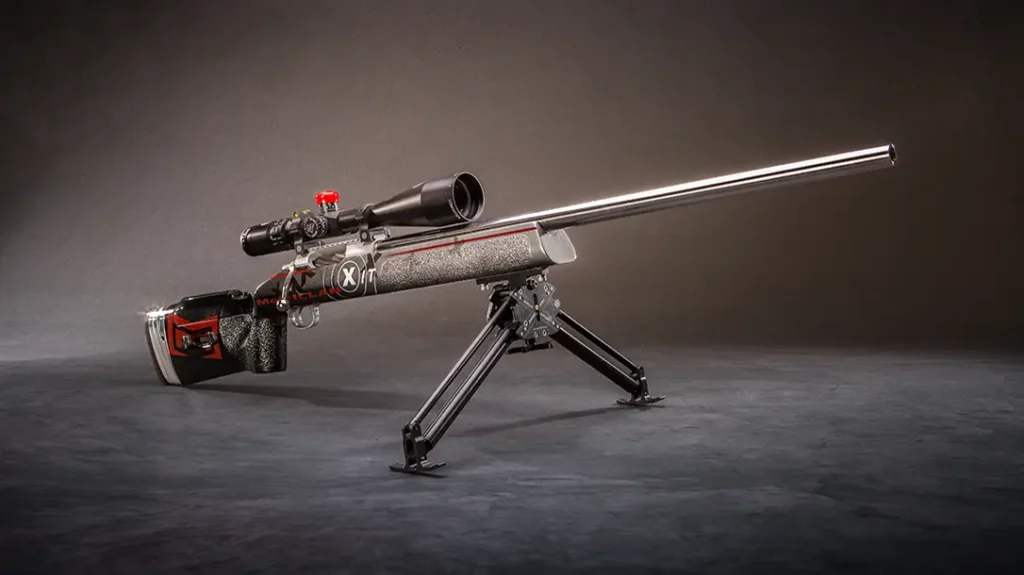
McMillan XIT Custom F Class Rifle
F-Class shooting is made up of two categories: F-Open and F-T/R. F-Open rifles must weigh under 10 kilograms (around 22 pounds), be any caliber .35 and under, and may be fired from an adjustable front rest plus a rear sandbag. Rifles must be fired from the shoulder in the prone position. In the F-T/R division, calibers are restricted to .223 Rem. or .308 Win. Rifle weight can only max out at 8.25 kilograms (about 18 pounds), and the only front support allowed is a bipod. Shooters are still prone and get to use a rear bag. Targets in F-C are shockingly small to most people. Coming in at only 10 inches, they are fractionally less than 1 MOA, with the X-ring being a saucer-size five inches in diameter. Yes, that consistently hits a dinner plate at over ten football fields. It is incredible to watch.
Advertisement — Continue Reading Below
With all this in mind, I was beside myself when I had the opportunity to work with a custom F-C rifle built by the masters at McMillan Fiberglass Stocks. McMillan has been a cornerstone of the rifle stock world since it was founded in 1973. While they focus purely on stocks now, they were once known for building some of the finest long-range rifles the world has ever known, including the much-revered TAC-50. Precision is in their DNA as well, as demonstrated in 1973. Pat McMillan set the world record for the smallest 100-yard bench rest group that year. It was shot using a hand-built prototype McMillan rifle with an early McMillan stock. The five-shot group was a mere 0.009″ center to center and was measured with a 60x microscope for verification. Because of this extensive history, I was excited to shoot this beautiful gun.
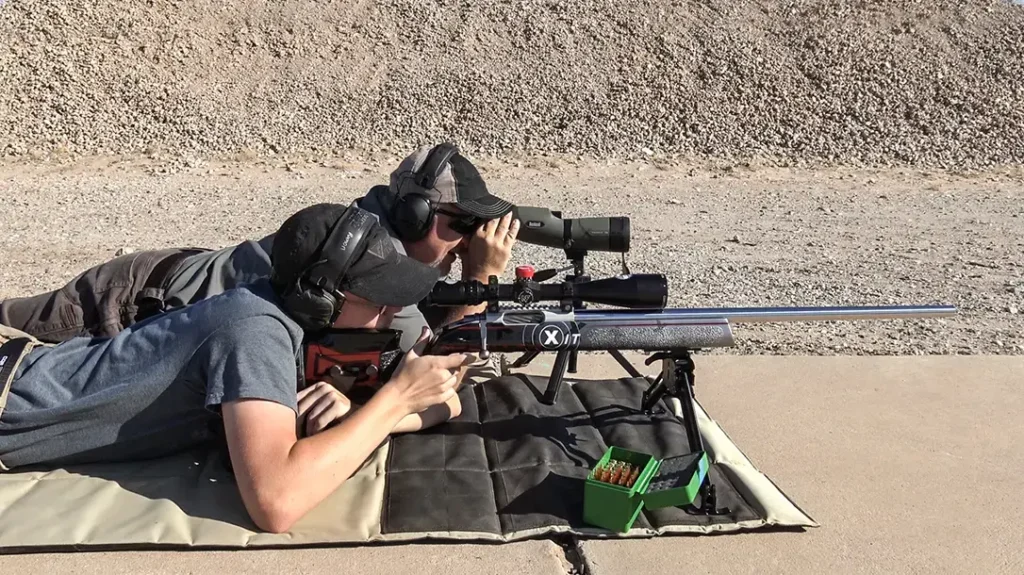
Super Long Range
And beautiful it is. The gun is as much a showpiece as it is a precision shooter. McMillan’s F-C rifle had more chrome than a ’57 Chevy. That mixed with a beautiful stock, the gun was a crowd stopper on the range. The heart of the gun is the McMillan XIT stock. The XIT shares many characteristics with McMillan’s Prone with some improvements. The butt of the XIT is centerline with the bore and has a three-degree angle for minute adjustments. It is recommended for a blind magazine or single-shot actions and comes with an adjustable cheekpiece. It can be fitted with a two-way or three-way adjustable butt plate as well as either a Freeland or Anschutz. This stock was finished out with an integral thumbwheel adjustable cheekpiece and a three-way adjustable butt plate.
Advertisement — Continue Reading Below
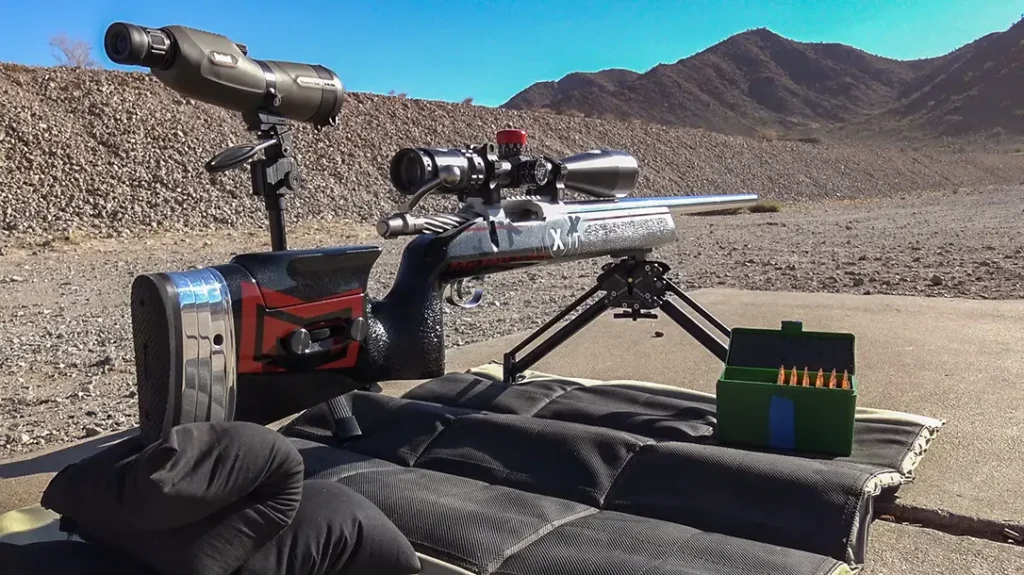
Classic .308
The gun was chambered in .308. It had a butter-smooth fluted bolt behind a 28-inch 1-10 twist Bartlein barrel. The trigger was a Timney set to break by staring at it hard. That is obviously an exaggeration, but it was so minimal that my less-than-primo trigger gauge had difficulty picking it up. I also received a special care package of ammunition for the gun. The 2017 USA World Champion team member, Dan Pohlabel, developed the load. Because I know there are some hard-core ballisticians out there, here is Dan’s magic for this tack driver. The brass was Lapua Palma (small rifle primer) topped off with Berger 200 grain 20X bullets with a G7 BC of .328. The powder was Hodgdon H4895, and he used Federal 205M Primers. The end result was a muzzle velocity of 2,693 fps at 72°F.
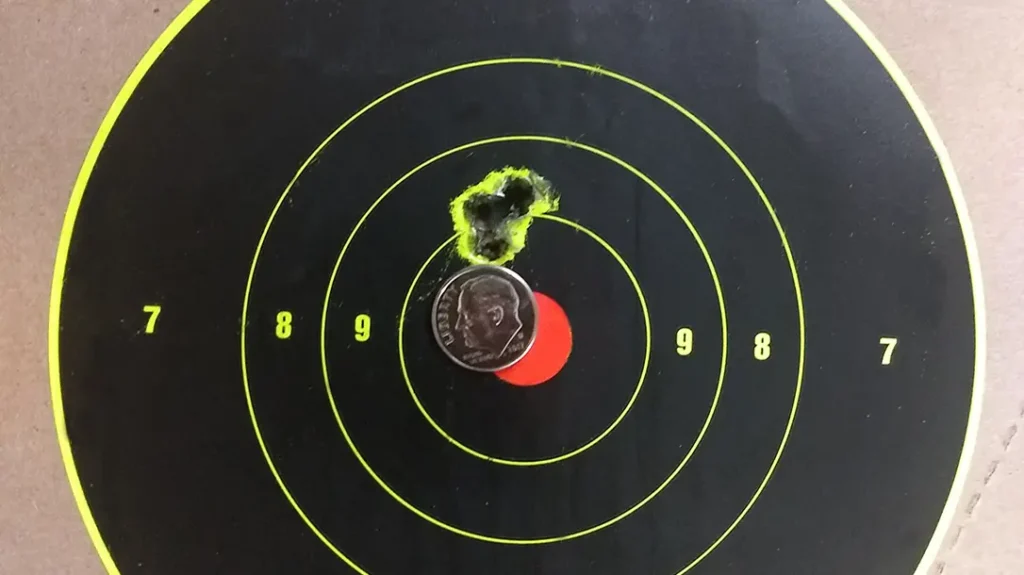
Advertisement — Continue Reading Below
Using a 55x Scope
The gun was finished with a Duplin Rifles Rorer Spec bipod for this range session. This is a very different creature than what most shooters use as it had six inches of elevation adjustment and a footprint from 14.5″ to 21″. Once again, precision is the name of the game. The last piece of kit on the gun was a Nightforce Competition 15-55 x 52 scope. Yes, you read that correctly…15-55. Remember that we are shooting at static targets at known distances. The concern of losing field of view is irrelevant in this application.
Adjustments on the scope were exceptionally precise as well. Windage and elevation adjustments are in .125 MOA clicks, which is certainly focused on splitting hairs at a distance. With all this wrapped up in a giant Pelican case, it was time to hit the range. After setting up, we prepared to shoot our cold bore shots at 100 yards. As expected, it punched the center ring. The next three slow-fire rounds ended up causing a cease-fire as we had to go get a closer look. With almost no fit customization to the gun, I could shoot a 3/8″ group before any real warm-up. I need to qualify that further and say that I am not an F-class shooter. I spend much time on long-range rifles, but this creature is different.
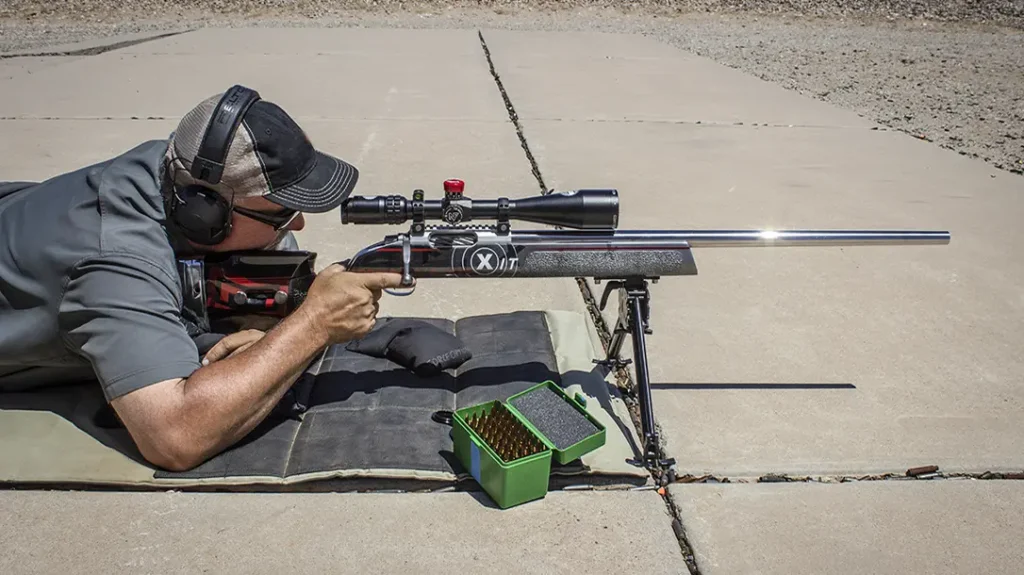
Advertisement — Continue Reading Below
Hyper Accuracy
This hyperaccuracy continued as we pushed further and further back. Our first day ended at 700 yards, with my son taking over shooting duties as I spotted for him. This absolutely called for a day two. Our second day on the range would be more challenging. It is summer in Arizona, so mirage would quickly be an issue. Because of the incredible magnification, we would have to deal with both inferior and barrel mirage. Our answer was a predawn departure with plans for setting up before sunrise. It is still early in the season, so our shooting area has not yet become a 24/7 oven. We set up on time and were on the gun as the sun rose.
Our target was a 16″ steel plate at 1000 yards. A handy large orange flag at the target made life easier. We also placed wind strips about every 200 yards as cheaters. The five-shot string ended up with four rounds on steel. Granted, it would not get me a medal at the next F-class championships, but it was an incredible group for me. In total, the sub still shot sub-MOA at 1000 yards. In the hands of a pro, it would easily be .5 MOA. We did manage to push back to 1200 with good hits, but the heat dashed our efforts at 1500.
McMillan XIT Custom F Class Rifle – Ballistic Art
The gun is a beautiful piece of ballistic craftsmanship. Everything from the bolt’s smooth action to the trigger’s smooth press made the time with this gun spectacular. For a reason, both of my primary rifles have McMillan stocks. They take the same care in making stocks as this rifle. Dan Pohlabel shot this rifle earlier this spring as a team gun at a 1,000-yard match. He classifies it as a sub .5 MOA gun and enjoys shooting it. My only disappointment with this rifle is that I must now box it up and return it. I consider shooting such a rifle an honor and a chance of a lifetime, and I will never forget it!
For more information, visit:https://mcmillanusa.com/mcmillan-f-class-rifle-stocks-and-team-sponsorships/
Advertisement — Continue Reading Below
